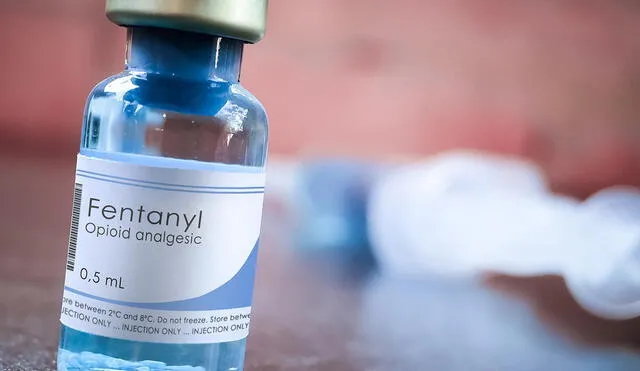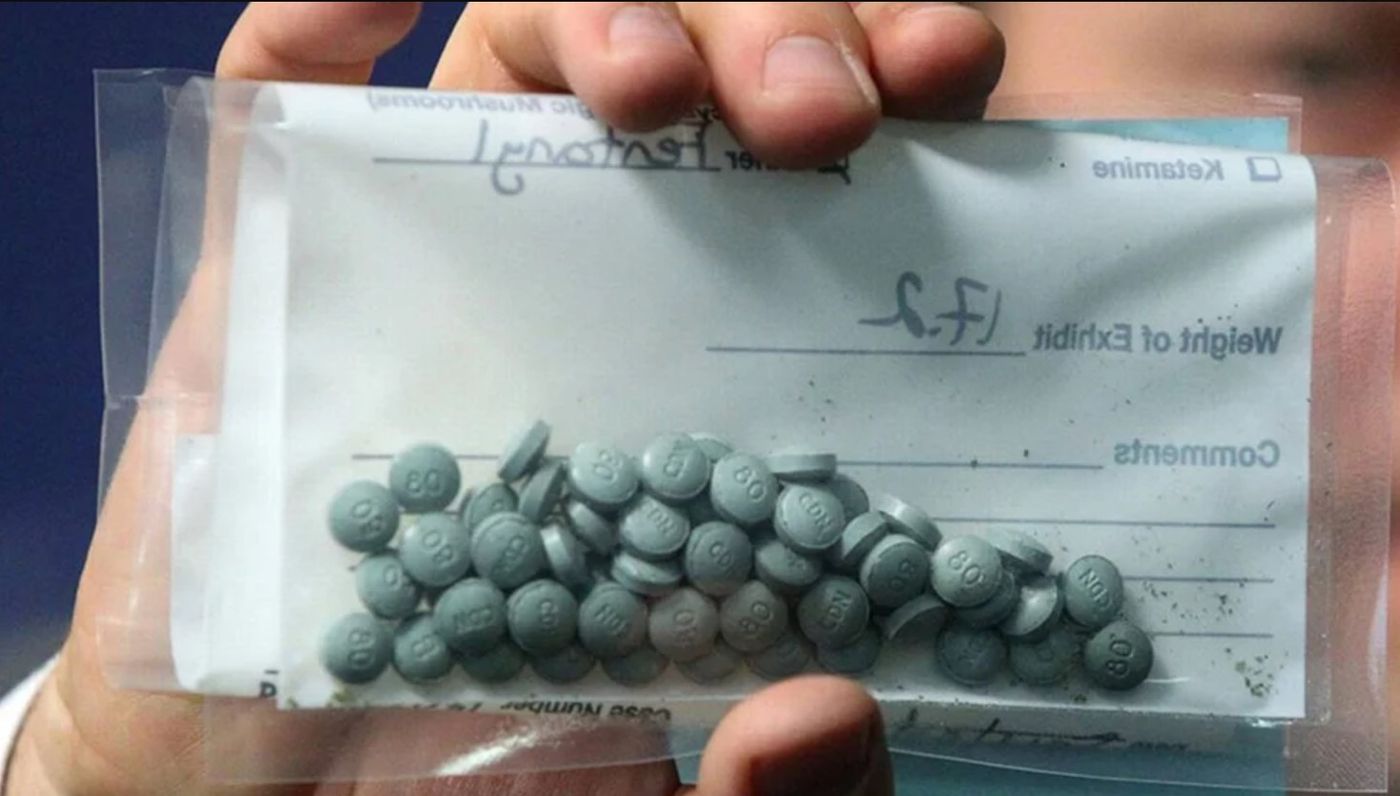Why is Fentanyl so dangerous? The synthetic opioid fueling a public health crisis in the US
Fentanyl, a synthetic opioid up to 100 times more potent than morphine, has become a serious public health threat due to its high dangerousness and the increasing number of fatal overdoses associated with its abuse.

Fentanyl is an extremely potent synthetic opioid, 50 to 100 times stronger than morphine, used in medicine to treat severe pain. However, its misuse and mixing with other illicit substances have triggered a public health crisis, especially in countries like the United States, where approximately 80,000 opioid overdose deaths were reported in 2021, most linked to synthetic opioids like fentanyl.
The danger of fentanyl lies in its high potency; a dose as small as two milligrams can be lethal. Additionally, its ability to depress the central nervous system can lead to rapid respiratory depression, coma, and death. Illicit fentanyl is often mixed with other drugs such as heroin, cocaine, and methamphetamines, increasing the risk of overdose, as users may be unaware of its presence in the substances they consume.
Effects of Fentanyl on the Body
Fentanyl acts on the brain’s opioid receptors, blocking pain signals and producing sensations of euphoria and relaxation. However, it also causes significant adverse effects such as extreme sedation, nausea, confusion, constipation, and, in cases of overdose, severe respiratory depression that can be fatal.

Small amount of fentanyl. Photo: El Mundo.
The rapid development of tolerance and physical dependence increases the risk of addiction and associated complications. ‘As little as two milligrams of fentanyl, the small amount that fits on the tip of a pencil, is considered potentially lethal,’ the Drug Enforcement Administration (DEA) reported.
Measures to Combat the Fentanyl Crisis
Given the alarming rise in overdoses and deaths related to fentanyl, various governments have implemented measures to control its distribution and prevent misuse. For example, in Argentina, the General Directorate of Customs has strengthened import and export controls on this substance to prevent its illegal trafficking. Additionally, awareness campaigns emphasize the risks associated with fentanyl and the importance of seeking professional help for addiction treatment.

New measures in Argentina to control its massive distribution. Photo: NotiJenck.
When prescribed by a doctor, fentanyl can be administered in injectable, skin patch or lozenge form, but when consumed illegally, ‘This synthetic fentanyl is sold in powder form, poured as drops on blotter paper, in eye drop or nasal spray containers, or in lozenges similar to other prescription opioids,’ the NIDA (National Institute on Drug Abuse) describes.
Fentanyl represents a significant public health threat due to its high potency and overdose risk. It’s crucial that authorities continue implementing control and prevention strategies, and that society remains informed about the dangers associated with its misuse.

